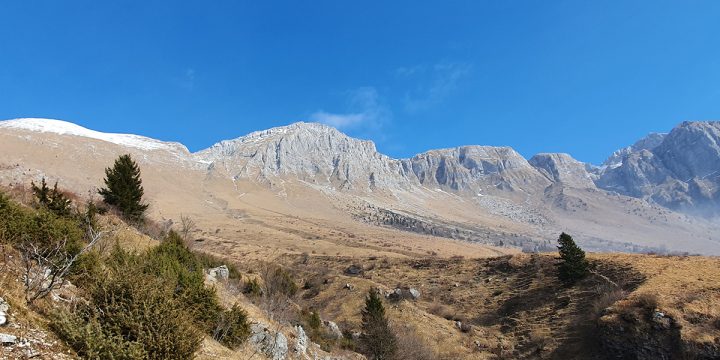
Russian Chapel on Vršič road pass
Russian Chapel on Vršič road pass At the picturesque wooden Orthodox chapel by the road which leads across the highest Slovenian road pass, Vršič, one cannot but notice the inscription ‘To the Sons of Russia’ on the pyramid over the tomb. It is dedicated to Russian POWs who were captured on the Eastern Front and brought to the Julian Alps. In very difficult circumstances they had to construct, in a mere half of the year 1915, the urgently needed road connection from Kranjska Gora over the pass of Vršič (1,611 m) to Trenta. The road was essential for supplying Austro-Hungarian units on the Isonzo Front and for transporting the wounded away. Because of the huge masses of snow, an avalanche was triggered from the slopes of Mt. Mojstrovka early…









